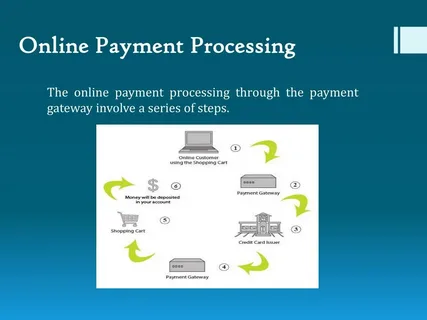The Rise of Instant Merchants: Transforming Retail Dynamics
Understanding Instant Merchants
In today’s fast-paced digital landscape, instant merchants are redefining how consumers shop and businesses operate. An instant merchant is a business model that allows consumers to make immediate purchases without the traditional delays associated with transactions. These merchants utilize technology to streamline the buying process, often incorporating e-commerce platforms and payment gateways that facilitate instant transactions. The rise of mobile apps and digital wallets has further accelerated this trend, enabling consumers to purchase products and services seamlessly from their smartphones. This shift not only caters to consumer demand for speed and convenience but also presents significant opportunities for businesses to enhance customer satisfaction and loyalty.
Benefits of Instant Merchants for Consumers
The primary appeal of instant merchants lies in the convenience they offer to consumers. With just a few taps on a mobile device, shoppers can access a vast array of products and services, often with the option for immediate delivery or digital access. This immediacy aligns perfectly with the modern consumer’s desire for quick solutions, reducing the frustration often associated with traditional shopping methods. Additionally, instant merchants frequently leverage personalized marketing strategies, such as tailored promotions and recommendations based on previous purchases, which enhance the shopping experience. As a result, consumers are more likely to make spontaneous purchases, boosting overall sales for these merchants.
Impact on Traditional Retailers
The emergence of instant merchants poses both challenges and opportunities for traditional retailers. On one hand, brick-and-mortar stores face increased competition as consumers gravitate toward the convenience of instant shopping. This shift has led many retailers to reassess their strategies, with some opting to adopt omnichannel approaches that blend in-store and online experiences. On the other hand, traditional retailers can leverage the instant merchant model by integrating technology into their operations. For example, offering mobile apps for in-store purchases or implementing efficient payment systems can help them retain customer loyalty and drive sales. By embracing these changes, traditional retailers can navigate the evolving landscape and thrive alongside instant merchants.
The Future of Instant Merchants
Looking ahead, the future of instant merchants appears bright, driven by ongoing advancements in technology and changing consumer preferences. As artificial intelligence and machine learning continue to evolve, instant merchants will be able to offer even more personalized experiences, predicting consumer behavior and preferences with greater accuracy. Moreover, the integration of augmented reality (AR) and virtual reality (VR) into the shopping experience is likely to enhance product visualization, making instant purchases more appealing. As consumers increasingly prioritize convenience and speed, instant merchants will play a crucial role in shaping the future of retail, compelling businesses to adapt and innovate to meet these demands.

